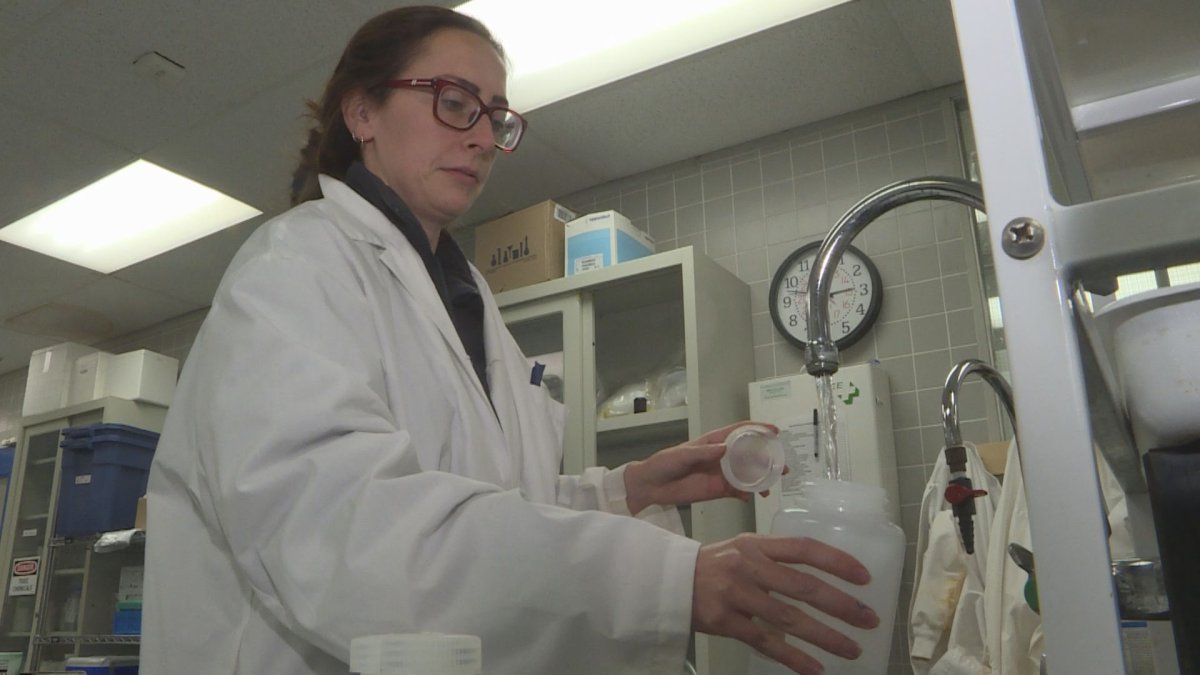About 20 per cent of homes tested for lead in drinking water had levels higher than the national guideline, according to the City of Winnipeg.

The city released the results for its 2019 lead water testing program, which collected water samples between August and November from 268 homes in the city that were believed to have lead piping.
The city estimates that there are about a total of 23,000 public or private-owned properties in Winnipeg that could potentially have lead service lines. Most homes that were built between the 1950s and 1970s have the potential to have lead pipes. The city has been using orthophosphate dosing to mitigate lead corrosion in their drinking water for the past 20 years.
At each of the 268 home tested, the city collected four samples: a random daytime sample with no flushing, and samples after one, two, and five minutes of flushing.
Fifty-four, or 20 per cent of homes tested without flushing had lead levels higher than the national guideline of five parts per billion.
- Life in the forest: How Stanley Park’s longest resident survived a changing landscape
- ‘They knew’: Victims of sexual abuse by Ontario youth leader sue Anglican Church
- Roll Up To Win? Tim Hortons says $55K boat win email was ‘human error’
- Carbon rebate labelling in bank deposits fuelling confusion, minister says

“That was somewhat expected,” said Renee Grosselle, the City of Winnipeg’s manager of environmental standards.
“The city’s source water does not have any detectable lead, however when the water travels through your home and through your piping system, if you have a lead pipe, there’s potential for the lead to leach into your water and you could be exposed to lead in your water.”
For the samples that had one minute of flushing, 12 per cent had levels higher than the guideline. With two minutes of flushing, four per cent of homes had elevated levels in their drinking water. Only one sample collected after five minutes of flushing had lead levels above the national guideline.
Winnipeggers can address the issue by either purchasing an NSF-certified water filter or replacing their lead pipes completely, which can be costly. However, if homeowners do want to replace their lead pipes from home to curbside, the city will pay for replacing their portion from the curbside to the water main in the street.
The city recommends residents with concerns about lead levels in their water should flush their water for about five to 10 minutes before drinking it. She said there are ways to overcome concerns about wasting water.

Experts have been critical of the flushing method of testing.
“If you find lead after a five minute flush, that is a very, very significant public health threat,” said Marc Edwards, a water expert at Virginia Tech University. “Because what that implies is that even with all that flushing, you’re not getting that lead out of your plumbing.”
“The five-minute flush sample is useful, but it can be misleading because that’s just not how people drink their water.”
But Grosselle says part of the onus is on residents to address the issue.
“A lot of the times, people get up in the morning and they turn their tap on and there is a risk (if) they do have a lead pipe, they have to be conscious of that,” Grosselle said. “The City of Winnipeg cannot address the lead issue themselves; it’s also the homeowner’s responsibility. If they know they have a lead pipe, they have to take steps to protect themselves.”
Other cities, like the City of Regina, have committed to replacing all lead piping in the city by 2025. Winnipeg city council has not made any commitment to replacing lead pipes.
“There are over 23,000 lead pipes, it would be a very big project to take on. It would be very costly to replace all those pipes,” Grosselle said.
There are currently about 2,300 homeowners in Winnipeg who are on the city’s waitlist for lead testing. The city will start the lead testing program again in spring 2020.




Comments